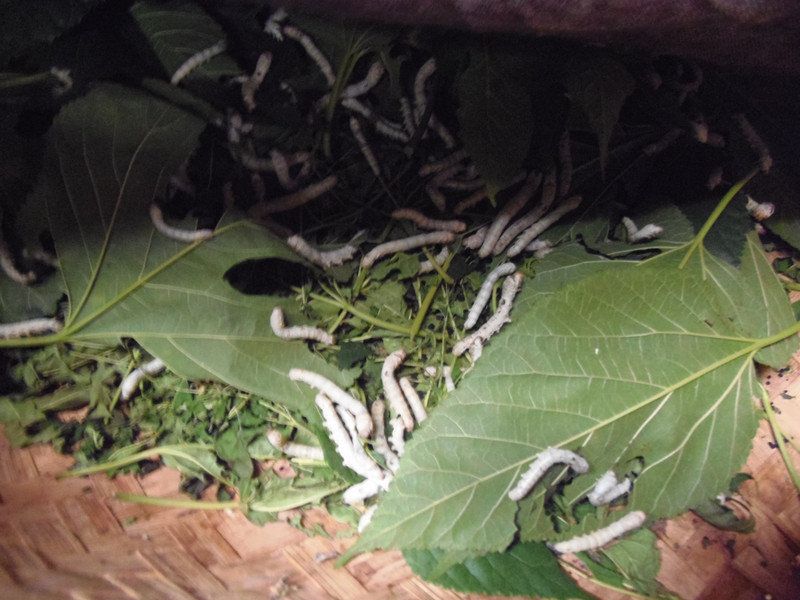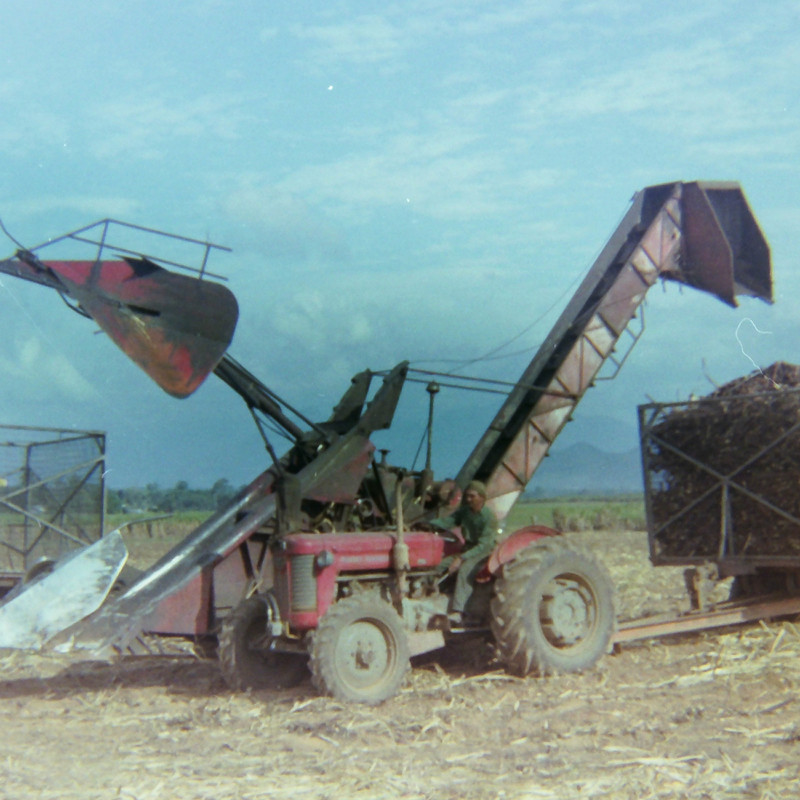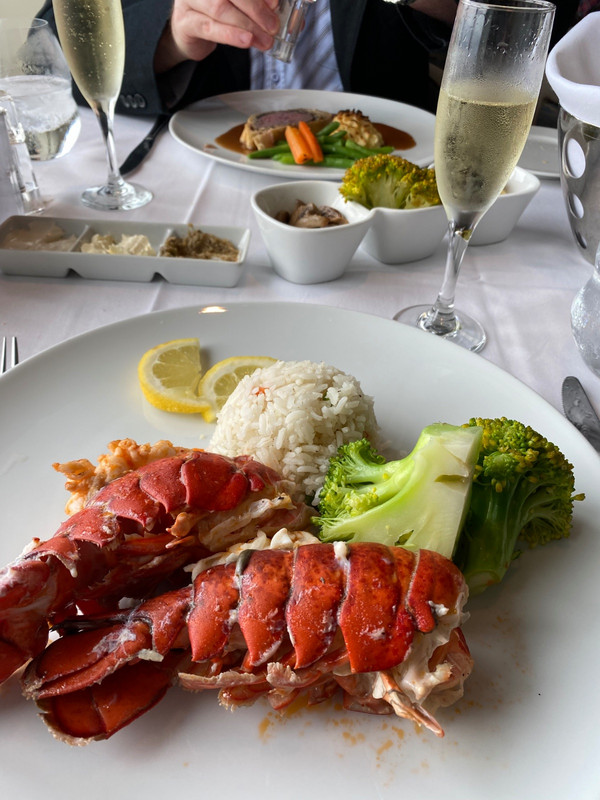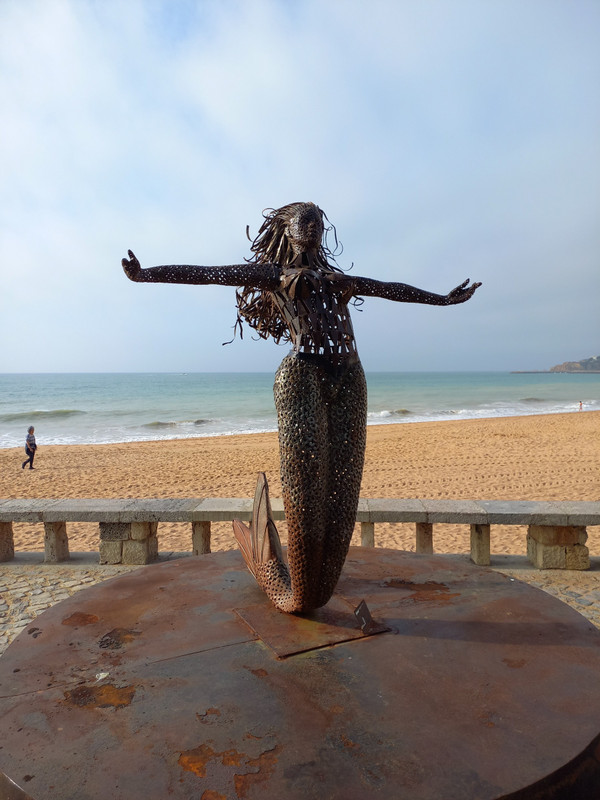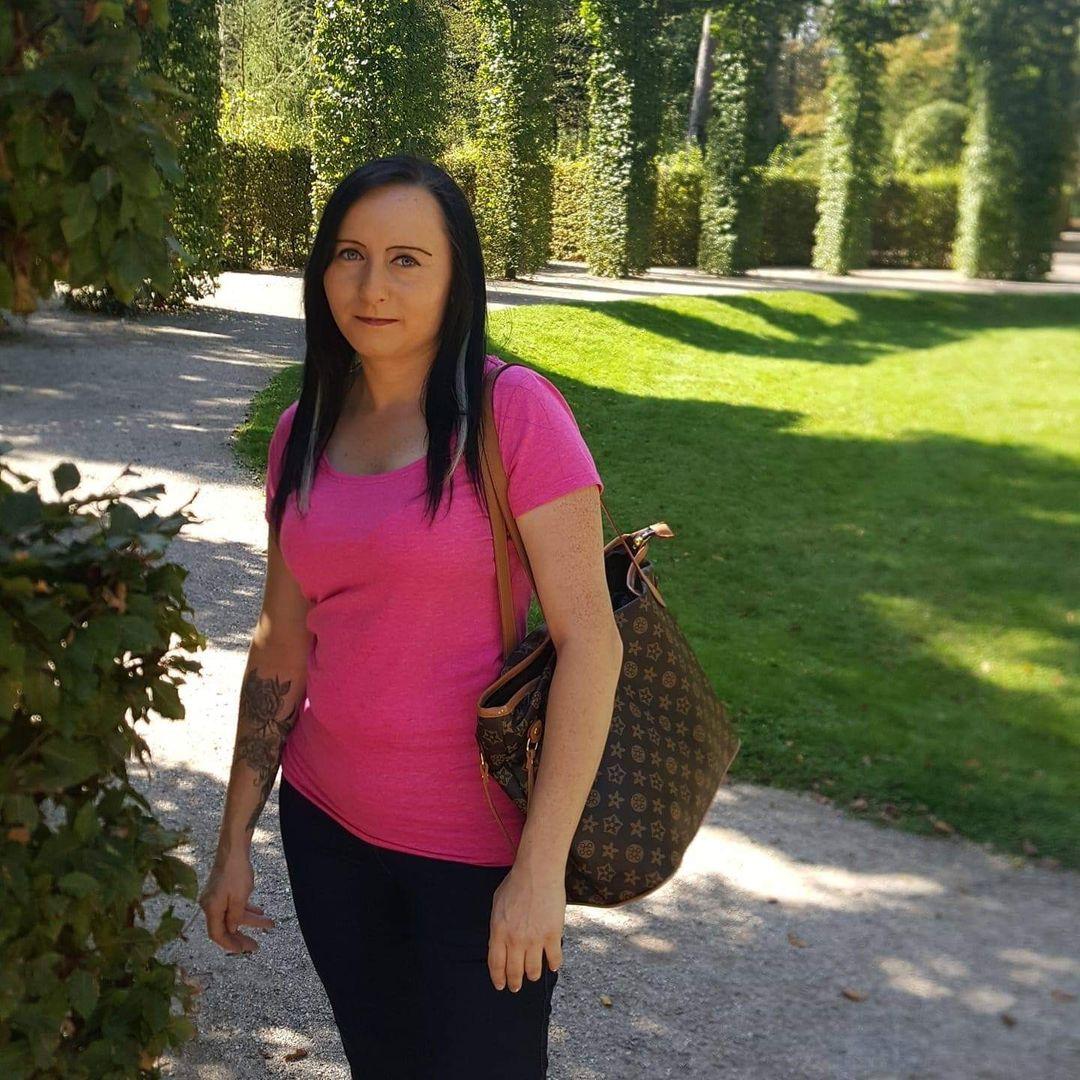We had a free day today to do whatever we wanted to do. Yesterday afternoon, Libby had mentioned to Katy that she would like to go to the silk and paper factory and the handicraft village. Anita said she would like to go too, so I tacked on to the party as well. The cost for the tour was $USD40 so, between the 5 of us, it equated to $USD8 each.
Rick, Dave and Joe had thoughts of going to play golf but, when Kathy made enquiries, the cost was prohibitive at somewhere between for 18 holes – a ridiculous price so, all bets were off.
In the finish, Dave and Ted also came along with us girls, whilst (Mr) Kit took us around once again. Rick and Joe ended up walking up some mountain or other to the monastery up there and were then going to join Katy at the wharf to go to a nearby village, where she was going to go to visit a friend.
Firstly, we went by to the silk factory, where we learnt all about the of a silkworm, what they eat - their staple
diet being leaves from the mulberry tree - before crystalising into a cocoon, which is the raw silk product.
The growth process of the silkworm goes through 4 different stages: Egg; Worm (Caterpillar); Pupa & Moth.
The worm egg is very small, and white. Depending on the type of silkworm, this process can take as long as months, depending on the climate. However, in warmer climates, some types only take about days, before the worm hatches. Once this occurs, the growth period of the silkworm takes about weeks, during which time, the worm or caterpillar, feeds entirely on mulberry leaves, as no other leaves are suitable for them.
After this week period, the caterpillar ripe, and turns from white, to yellow and, will start to spin its cocoon by wrapping the silky threads around itself. During this time, it doesnt eat.
As the caterpillar encases itself into the cocoon, it will live in the cocoon for about a week. When the cocoon hard, it is then ready for spinning.
It is during this cocooning period that the caterpillar pupates and turns into the moth, and will vacate
the cocoon, providing the life cycle process is allowed itself. The moth will emerge from the cocoon to lay her eggs, and the whole process begins all over again. Once she has laid her eggs, the moth will then die in days.
The cocoon goes through a process of boiling the raw product to soften the thread. With each successive boiling, the silk softer.
Each cocoon is then pulled apart in fine threads, joining the thread of each one to make longer lengths, dyed by natural vegetable colours – leaves, bark, flowers etc. then finally spun into spools of thread. Each cocoon can produce as much as 1500 metres of very fine silk thread. For something so fine, the thread is very strong.
We were able to watch the women spinning and then weaving the silk fabric into scarves, table runners and other items – mostly patterned lengths of different widths that you could use for whatever use you want – table runners, lengths to place across the end of your bed, wall hangings, etc.
we all bought – scarves, mostly – either for ourselves or gifts to take home for family or friends. I bought several in various colours - one for my one each for my two girls at home as well as two, for myself. The scarves are a blend of Lao silk and cotton and, are very soft.
Of course, bargaining is a way of life in most Asian countries and, this was no different so, I walked away, very happy with my purchases and also in the knowledge that I hadnt lost my touch with this skill. Like anything, it always pays to do your homework beforehand, and know what is considered a fair price for both you, and your vendor.
Last of all, if you feel you arent getting a good deal – you always need to be prepared to walk away. They will follow you if they are prepared to sell you the item and usually for the price you negotiated (if it was reasonable) or, close to. It all depends on how you play the game.
